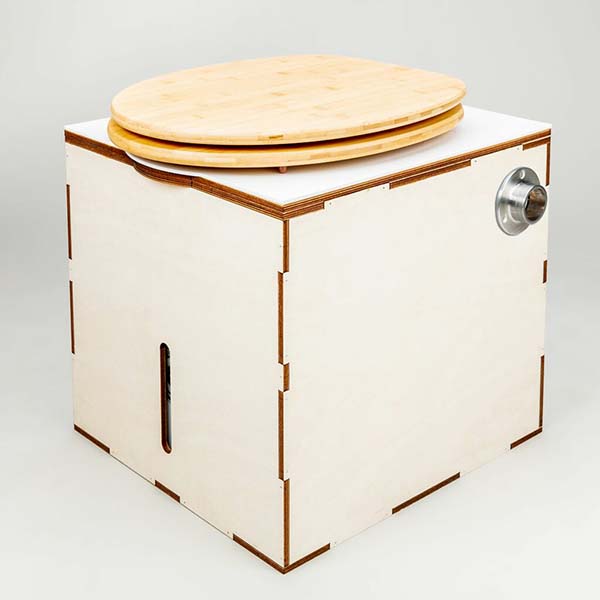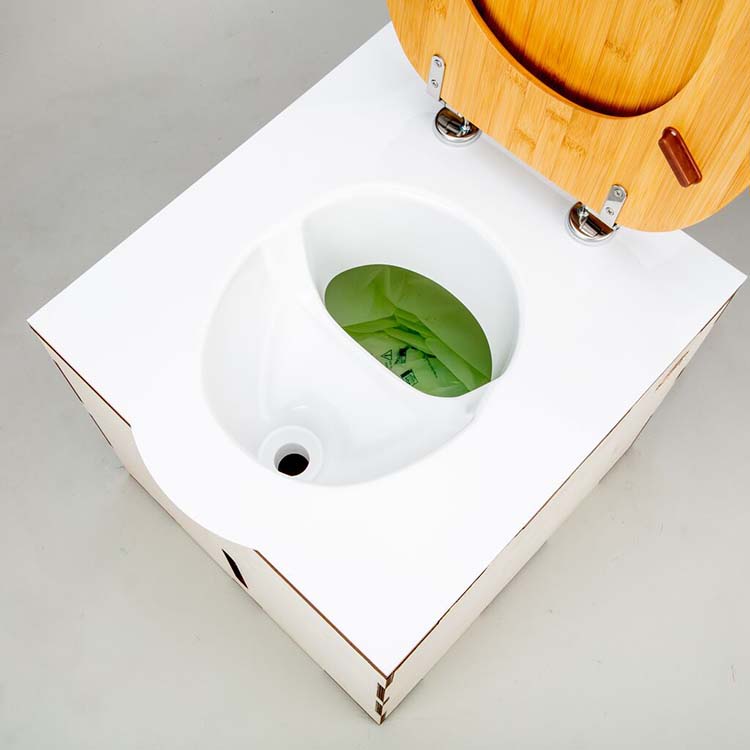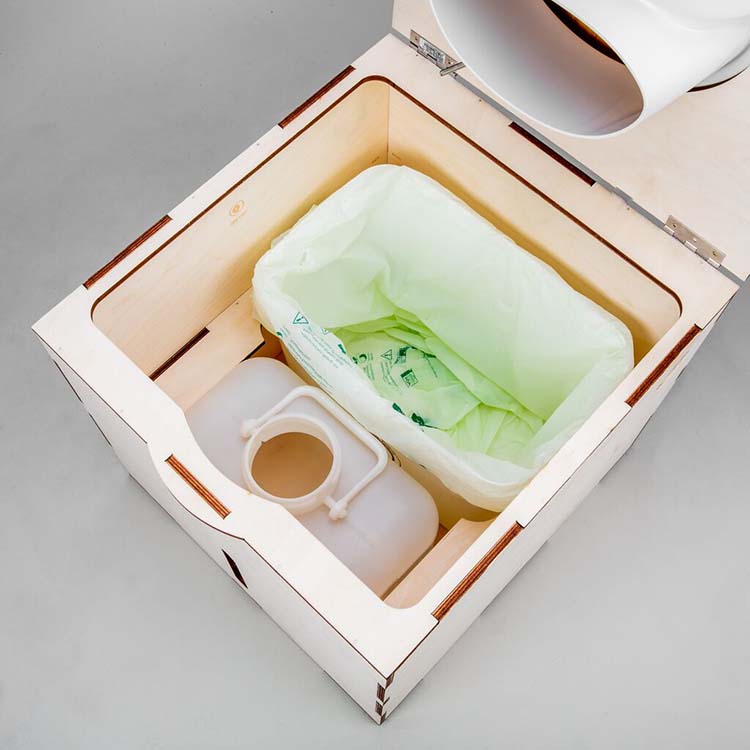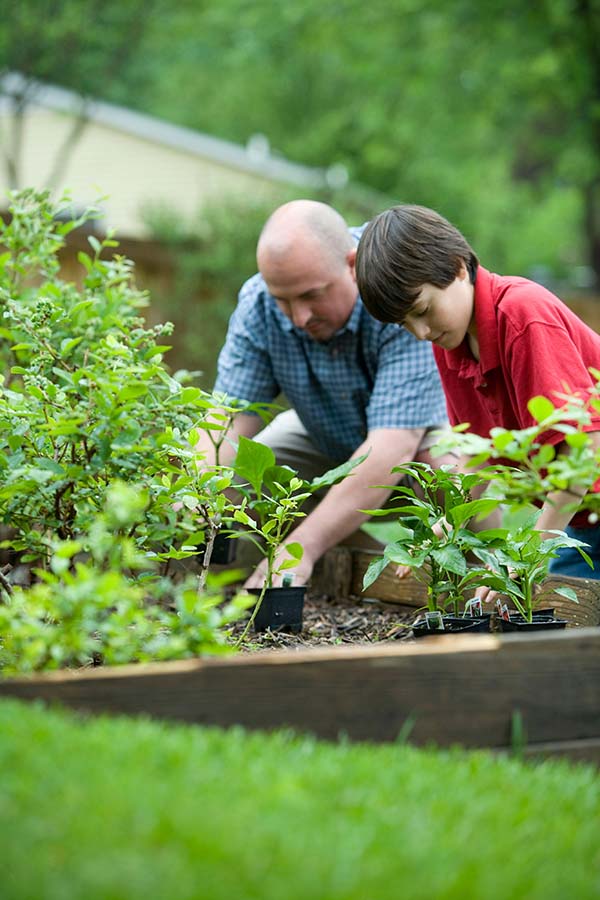Climate change, microplastic pollution, burning forests and coral reefs dying… while our green home is suffering through the worst and horribly multidimensional human-made crisis, you might’ve come to thinking that baby steps have stopped cutting it.

Some composting toilets even sport a fancy design.
Sure, a reusable straw here, a bus ride there do sum up, and don’t get us wrong, it’s amazing how simple saving the planet can sometimes be. However, if you’ve been looking to do something with way more impact and without breaking the bank, one thing that makes you five times a green hero. We’re talking changing one habit to help with fighting water pollution, water scarcity and energy overconsumption as well as eliminating microplastics and chemical fertilisers.
Enter a modern, odour-free, eeeew-free, easy-to-maintain source separation composting toilet.
1. Save water: Drinking water is becoming scarce fast, and yet our conventional flush toilets move gallons over gallons down the drain on a daily. Because yes, it’s drinking water that keeps your toilet clean.
How a composting toilet helps: First of all, it works without water. A source separation composting toilet separates bodily waste and collects solids and liquids that can then be composted and processed to become rich soil fertilisers.
2. Save energy: Energy is a massive climate change factor, contributing approximately 60% of total global greenhouse gas emissions which, since 1990, have increased by more than 46%.
How a composting toilet helps: While there are models that do need a little bit of power supply for operating, many are entirely low-tech and don’t need any electricity. Some of these premium waterless toilets even sport a really fancy design.


3. The past, future and the value of poo: Unlike ‘good old’ latrines, modern-day composting toilets are neither scary, nor awkward. They are as comfortable and easy to use as any conventional flush toilet or, as fans say, even easier to maintain. Other than the flushing toilets, they don’t handle excrements in the same ‘out of sight, out of mind’ manner (view 4 and 5 for the downsides of this) but turn them into compost-producing units instead.

Photo, CDC.
How a composting toilet helps: you can of course create compost and fertiliser for your own garden when deploying a composting toilet (legislation on the use of home-made fertiliser may differ depending on your residence). And when more composting toilets are implemented, the safe treatment and disposal of human waste can provide a sustainable source of water and fertiliser.
4. Fight microplastics pollution: From disposable wipes to conventional detergents and all the way into the foodchain and the waterways; microplastics are everywhere these days and very expensive up to impossible to filter in our sewage systems.
How a composting toilet helps: no flush, no microplastics-polluted blackwater.
5. Fight water pollution, protect water: Speaking of blackwater: did you know that up to 80% of blackwater and wastewater globally goes back into the ecosystems untreated? Whatever remains of pharmaceuticals, hormones or simply whatever germs may be, the pollution created by poor sanitation is catastrophic.
How a composting toilet helps: A well-installed composting toilet unit doesn’t rely on water supply or sewage.








